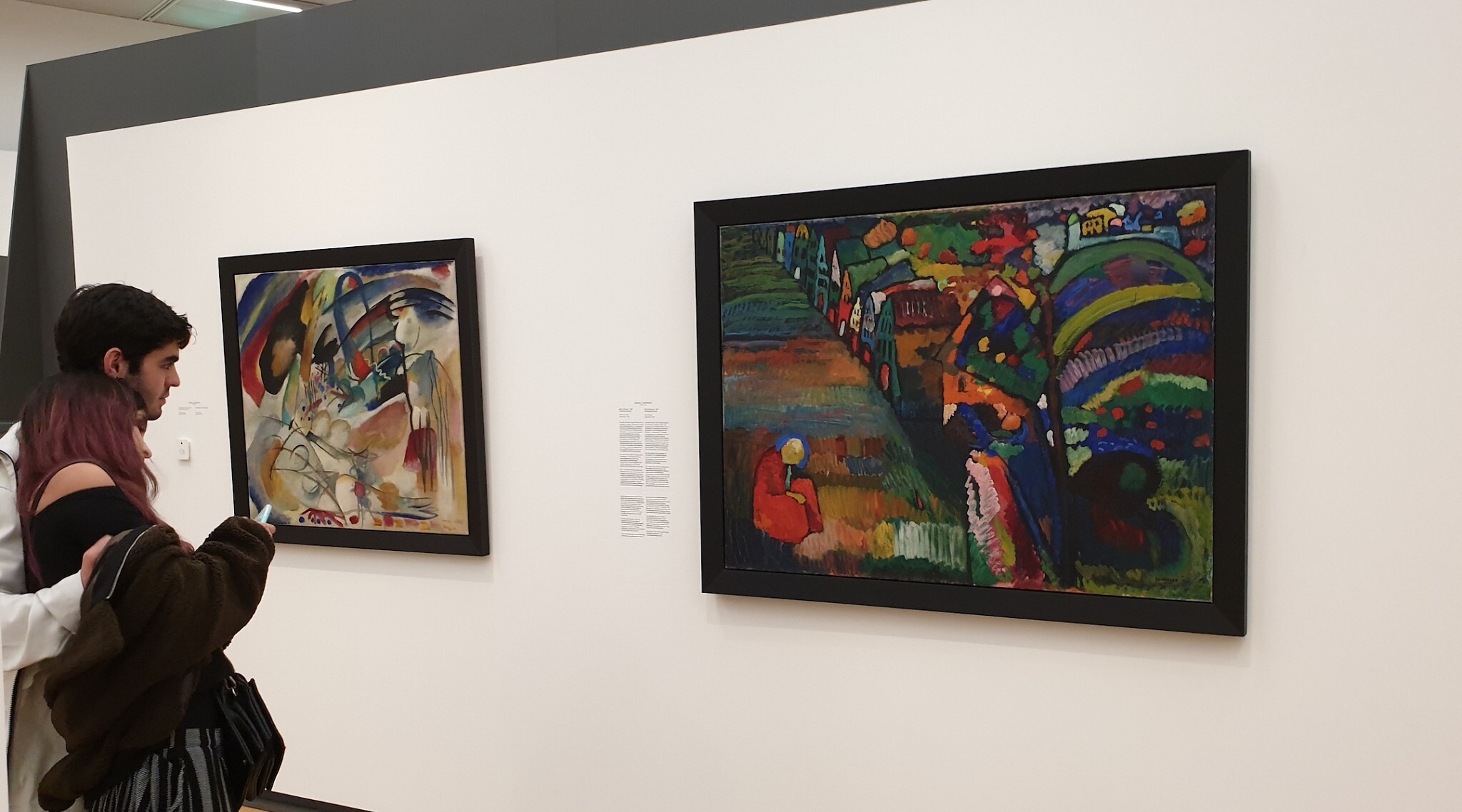Slow Progress in Getting Back Nazi Stolen Art, Most of the countries that signed up for this thing called the Washington Principles back in ’98 aren’t really doing much to return art swiped by the Nazis. That’s what a fresh report from the World Jewish Restitution Organization (WJRO) is saying, dropping the truth bombs on a Tuesday.
What’s the Deal with the Washington Principles?
So, back in 1998, during this big Washington Conference on Holocaust Era Assets, they came up with these 11 principles. Basically, they’re like guidelines for countries on how to deal with art that got snatched up by the Nazis during World War II. The idea was to help out different countries, each with its own rules and stuff, figure out how to return this stolen art to its rightful owners.
Who’s Doing What?
Out of the 47 countries that signed this thing called the 2009 Terezin Declaration, which was all about embracing these principles, only a few have actually made any real progress. Like, seven countries are killing it, three are doing alright, and 13 are kinda getting there. But then, there’s a whopping 24 countries that haven’t really done much at all.
Why Does It Even Matter?
Gideon Taylor, big shot over at WJRO, made a good point. It’s not just about handing back stolen art. It’s about helping families and communities connect with their history. Sure, there’s been some progress over the past 25 years, but there’s still a ton of work left to do.
How Do They Rate These Countries?

They’re basically looking at whether countries have done their homework on the stolen art, figured out where their own collections came from, set up a way for folks to claim back possibly looted art, or actually returned any of the stuff.
Who’s Winning and Who’s Lagging?
Some countries are doing awesome, like Austria, the Czech Republic, France, Germany, the Netherlands, the UK, and the US. They’re leading the pack in following these Washington Principles. But then there are the slackers, like Australia, Brazil, Denmark, Ireland, Russia, Spain, and Turkey. They haven’t really made much progress.
A Glimmer of Hope
But wait, there’s a silver lining. The US Secretary of State, Antony J. Blinken, popped up on video to announce that 22 countries, led by those with dedicated Holocaust envoys, are down to endorse some best practices in returning art and cultural property. It’s a big deal because it’s been ages since the government gave a thumbs-up on Holocaust restitution.
What’s Next?
So, over the past 25 years, they’ve been snooping around trying to figure out where all this stolen art ended up. Thanks to fancy tech and better access to archives, they’ve uncovered quite a bit. But here’s the kicker: most museums still aren’t doing much digging into the origins of their collections.
The Bottom Line
There’s still a long way to go. Sure, there’s been some progress, but there’s still a heap of work left. Let’s hope more countries step up and do the right thing by giving back what belongs to those who were wronged.
